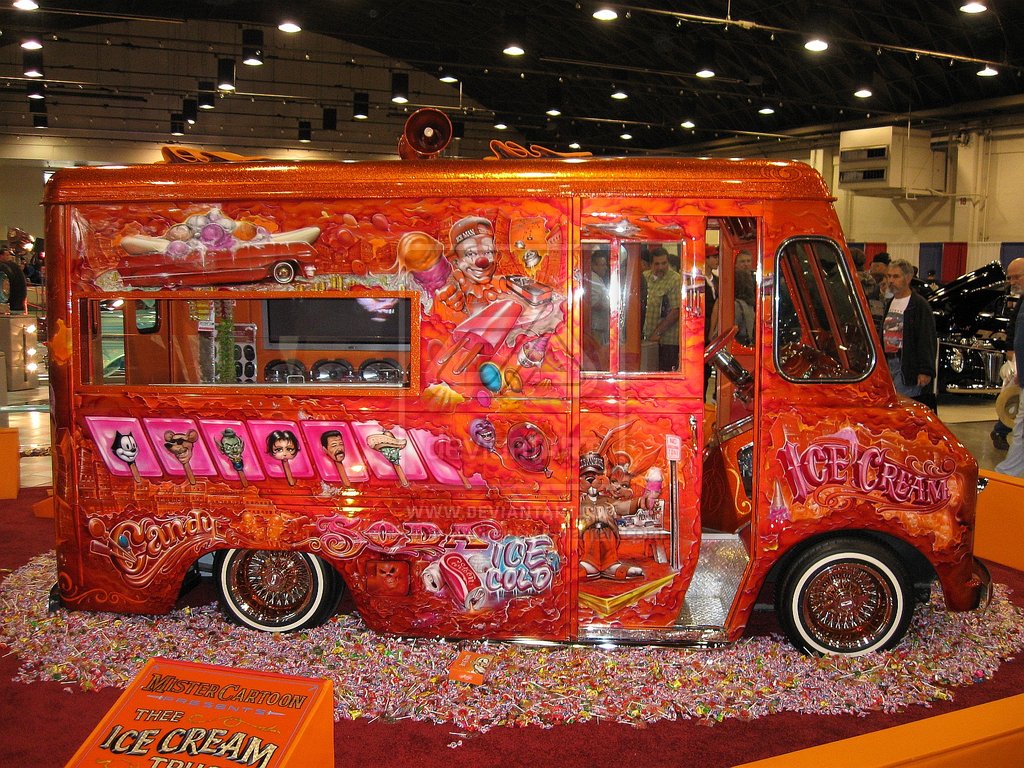Usually when one thinks of lowriders they imagine the cars that are associated with that word. Along with that image that comes to mind are the various images of girl models posing on or around a car. Yet this is not the only role that women take up in the lowriding culture.


Well the culture is still majority dominated by men; there are also women that take part in the culture. While women weren’t allowed to join most lowriding clubs in its early hay days, times have changed. But even back then women were part of the lowriding culture.
In the early beginnings of the lowrider culture, men dominated the various car clubs. Women were either seen in the background cooking or taking care of the children or arm candy. Many of these car clubs didn’t accept women members to join or be part of their clubs.
One of the first women car club was called “Lady Bugs Car Club” that was founded in the early 1970s by Stella Perez (Bueno) in California. Like any other club there were governing rules that all members had to follow. The rules were simple like making sure their cars were always kept clean and presentable, respect each other, and of course either own or ride shotgun in a VW Bug. The members could never leaver their plaque alone or unattended. For any car club member earning the right to have and display a club’s plaque was one of the highest accomplishments that one could earn. One of the most important rules was to have fun. The name of club comes from the fact that VW were easy and relatively inexpensive to customize, which was a welcome thought as the various women in the club “…had jobs, and some were going to college full time, working towards earning their secondary degrees. There were also single mothers and other members were engaged to members of the male car clubs” (Bueno). While the cars and name was the VW Bug, the logo that represented them was the vice president’s vehicle, which happened to be a Ford Pinto.
While the Lady Bug Car Club was the first Women lowrider club, it wouldn’t be the last one to form. Some clubs like “…the Dukes and Low ‘n’ Slow, did let women join…” their clubs. The women that did were able to join the men car clubs even took offices such as being the record recorders, historians, and organizers of the clubs’ social events. (Sandoval) These cars that these women built were just magnificent and eye catching as any of the men counterparts. While being in a club allowed one to have access to people that were brilliant with modifying, it also cut the cost of customization. So the women that weren’t able to join these men dominated clubs were cutoff to these advantages (Penland).
This didn’t stop them from building magnificent cars though. These cars won various categories at shows such as “Best Chrome, Best Hydraulics, Best ’70s Custom and, almost always, Best Paint” (Penland). While more and more men and car clubs have welcomed and become accepting of women into their clubs there are still those that wish to see that the only participation that women should have are being dressed scantily and model in front of the cars. When these women win and accept awards they may still encounter opposition in the form of rude remarks. In one such case Patricia Gonzalez, who works on plating of moldings and wheels and works on her own car, had a man come up to her after accepting an award and say “It must’ve been because you slept with the judge” (Griffin). Perhaps one of the greatest achievements that one can receive is featuring one’s car on the cover of Lowrider Magazine. So it’s no wonder that the effort and time that women put in their cars that would earn the right to be featured on the cover. Two examples are by Nena Aguilar and Lee Gonzalez whose “ ‘La Nena,’ the ’47 Chevy Stylemaster” and “Every Girls Dream, a ’69 Camaro” were featured on the cover.
For further reading on the Lowrider culture check out my other article:
References:
Bueno, Jae. “Lady Bugs Car Club.” Lowrider. Lowrider Magazine, Nov. 2010. Web. 16
Apr. 2012.
http://www.lowridermagazine.com/features/1011_lrmp_lady_bugs_car_club/vie
Griffin, Gil. “Taking the Wheel.” UTSanDiego.com. 23 Aug. 2004. Web. 16 Apr. 2012.
http://legacy.utsandiego.com/news/features/20040823-9999-mz1c23low.html.
Penland, Paige R. “Women of Lowriding.” Lowrider: History, Pride, Culture. St. Paul,
MN: Motor International, 2003. Print. https://www.msu.edu/~torresm2/ch12.html
Sandoval, Denise. “Lowriders”
Lady Bug Car Club
http://ladybugscarclub.homestead.com/index.html
Images:
Lady Bug Car Club from http://ladybugscarclub.homestead.com/Home.html .
Regina Lopez in her 1985 Pontiac Grand Prix taken by Howard Lipin / Union-Tribune from the article “Taking the wheel”.
